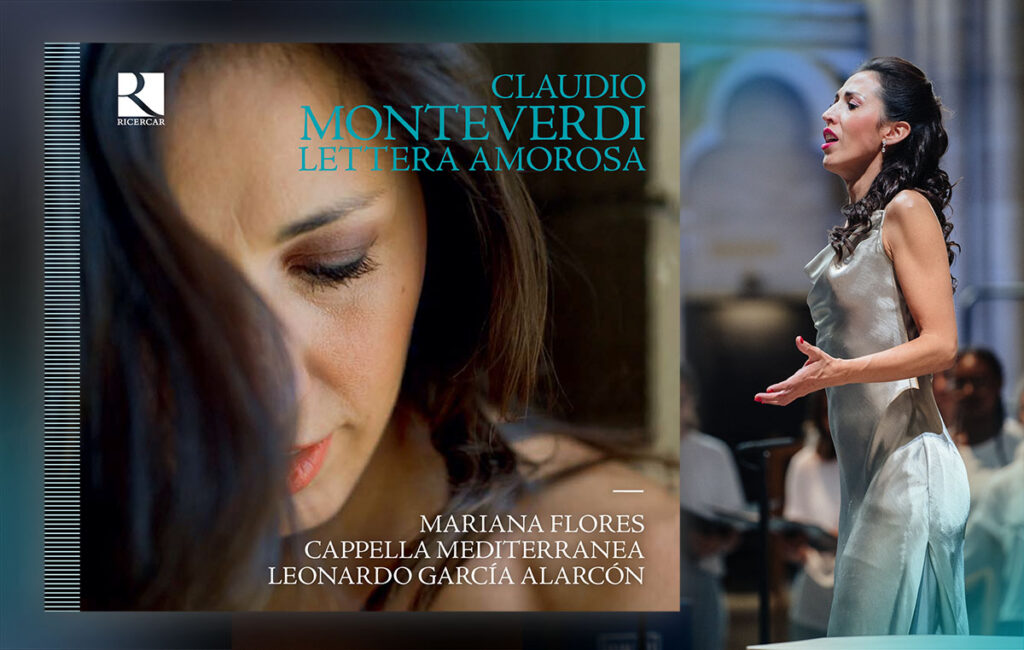


“The voce sola, accompanied by basso continuo, first appeared in the Fifth Book of Madrigals (1605), providing the first traces of accompanied monody in Claudio Monteverdi’s work. Two years later, his Orfeo was staged in Mantua (1607). The composer distinguished himself from his predecessors in Florence who had invented the recitar cantando and created plays that were entirely sung, like Peri and Caccini’s Euridice (1600). Working from these rough models, Monteverdi succeeded in bringing the genre to new heights, allowing it to shine in all its splendour. […]
He used the subtle art of recitar cantando in all the passages of L’Orfeo that are written in accompanied monody. While the idea was to “recite while singing”, this alone was not enough to express passion. The line also had to be rendered more flexible, becoming what is known as an “aria”. This led to the development of two main genres: the recitative, which drives the action, and the aria, which expresses feelings. In the 17th century, many other genres were situated somewhere between the two. You can identify them in the a voce sola repertoire that appeared after the premiere of L’Orfeo in several of Monteverdi’s published and manuscript works.”
Jérôme Lejeune
” Lettera amorosa , which lends the album its title, begins forcefully with this madigral from the Seventh Book that is one of Monteverdi’s most famous. The composer gives the performer the freedom to ‘sing without a beat’, declaim at her own pace and dramatise as she pleases. As is typical of the “representative genre” that Monteverdi adopted in his late madrigals, it is not so much intended to be sung as to be performed like a miniature play. With her lovely timbre, warm voice and controlled sighs, Mariana Flores successfully conveys all the emotions of this love letter that has been addressed to her. The rest of the album is of the same calibre, with several of Monteverdi’s most popular “a voce sola” compositions, including Lamento d’Arianna and Lamento della Ninfa. They reveal the composer’s skill in using music to bring out the emotion of words. For instance, the ostinato bass of Lamento della Ninfa makes the sorrow of this madrigal all the more touching. The album brings together arias that feature different rhythms and voices (voce sola, romanesca a due soprani, canzonette for two tenors and bass), providing a splendid programme that showcases Monteverdi’s style.
Gérard Pangon for Musikzen
See full article
The half-spoken melody of Lettera amorosa a voce sola in genere rappresentativo, which acts as a sort of introduction, draws a subtle chiaroscuro from the musicians. Mariana Flores then displays her spontaneity in an extract from the seventh book of madrigals, Ohimé, dov’è il moi ben.The four verses, featuring a romanescabass accompaniment, are taken at a faster tempo than usual. Mariana Flores’ voice merges seamlessly with that of the brilliant Julie Roset. Ottavia’s monologue from L’Incoronazione di Poppea showcases the extreme expressivity of the performers. There is a certain freedom in the declamation, but it is always in tune with the meaning of the text.”
Charlotte Saulneron for ResMusica
See full article
Cappella Mediterranea is supported by a private foundation in Geneva.


